
When one longs for chicken, he can head to a Venky's or a KFC outlet.
But how does one satiate a fish craving?
There aren't many options.
Also, while chicken has caught on with organised companies such as Suguna and Godrej, this hasn't been the case with fish.
This is where Ravi Yedavalli sees a big opportunity.
In 2009, Yedavalli set up Catamaran Waterbase Solutions.
Initially, he began as a supplier of raw fish to star hotels in Hyderabad.
Three years on, the start-up has crossed the Rs 1-crore (Rs 10-million) turnover mark; it now caters to 67 hotels across Hyderabad, Chennai and Bengaluru.
. . .
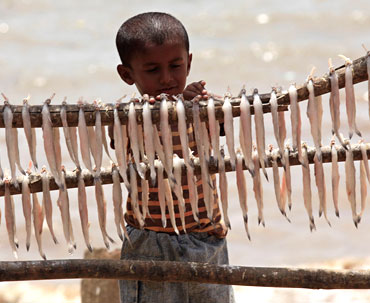
Catamaran was one of three firms short-listed for the ISB-TIE Connect 2012, a contest for innovative start-ups, and this helped the company secure funding from Hyderabad Angels.
Yedavalli says the idea of starting a fish-based business struck him at a National Fisheries Development Board-organised Indian Fish Festival (InFish-2009) in Hyderabad.
"I saw a long queue at a stall for cooked fish.
"People were literally fighting to get their piece.
"We felt this could be because of the absence of organised cooked-fish eateries in the country."We came back, carried out market research and found the area had huge potential," he says.
. . .
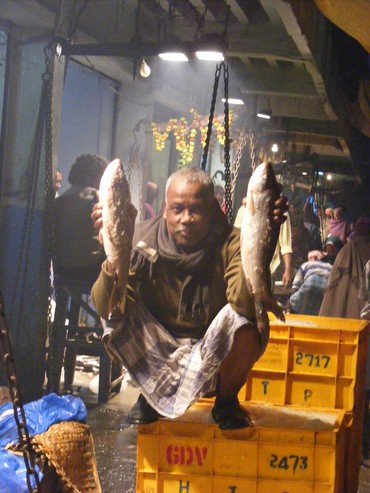
Expansion on the cards
After gaining a foothold, Yedavalli, who began with a business-to-business concept, as the market was completely untapped, is now ready to enter the business-to-consumer (B2C) space.
"There are no branded players in the segment and only two per cent of the fish industry in India is organised.
"We are betting big on the segment by bringing organised selling centres, both for raw fish as well as cooked fish," he says.
Catamaran plans to raise about Rs 6.5 crore (Rs 65 million) from angel investors and venture capital funds.
It plans to start two divisions -- fish retail stores and exclusive cooked fish takeaway outlets -- in three to five years.
. . .
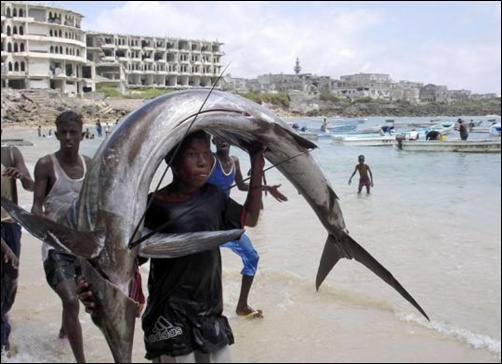
Under the retail segment, it aims to open 360 outlets to sell raw fish (Good Fish outlets) across 22 cities through the next five years.
Each outlet would be 450-500 sq ft and involve an investment of about Rs 12 lakhs (rs 1.2 million).
These stores would sell live, dry and frozen fish.
Under the takeaway segment, it plans to open 227 outlets (Pescetarians) across six metros in three years.
These would sell various regional and international fish cuisine.
It is expected there would be about 12 items on the menus of these outlets.
The outlets would be spread across 250 sq ft and involve an investment Rs 12 lakh (Rs 1.2 million) each.
Catamaran would also open five stores to study the market.
"We will take into account the unit-level profitability. And, we will expand accordingly," says Yedavalli.
. . .
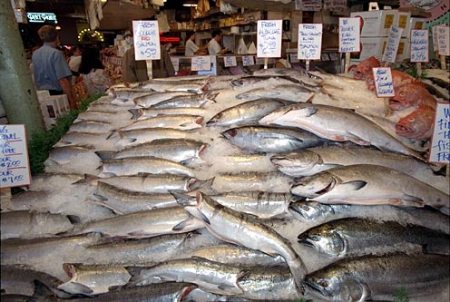
The B2B segment, though scalable in terms of generating revenue, is limited.
However, the retail outlet format has unlimited scope for expansion, he adds.
Under the B2B model, the company uses the outsourcing model for procurement.
As it is venturing into retail, it has created back-end infrastructure and set up procurement points across coastal regions.
According to the ministry of agriculture, at 5.6 kg a year, India's per capita fish consumption is much below the international average of 16.6 kg a year.
For China, it is 30 kg a year.
"The fish industry is still at a nascent stage.
. . .

"The government is promoting the industry in a big way by adopting new and innovative production technologies, management and market tie-ups," says C K Murthy, executive director (technical) at NFDB, an initiative of the department of animal husbandry, dairying and fisheries, under the agriculture ministry.
With the initial funding of Rs 70 lakh (Rs 7 million), Catamaran recorded a turnover of Rs 1.41 crore (Rs 14.1 million) last year.
In 2009, the company's turnover stood at Rs 42 lakhs (Rs 4.2 million).
By 2014, Catamaran plans to expand its base; it aims to have a pan-India presence by 2016.
The company is in talks with various investors. Hyderabad Angels is considering investing about Rs 2 crore (Rs 20 million).
. . .

"We are in the due diligence process," says J A Chowdary, chief mentor of TiE Hyderabad and a member of Hyderabad Angels.
"The outlook on Catamaran was positive, as the company already catered to the B2B segment and was planning to enter the B2C segment as well, he added.
The scene on the other side
The poultry industry, largely unorganised till a few years ago, is seeing the entry of organised players like Suguna Foods, Venky's Chicken, the Alchemist Group's Republic of Chicken and Godrej Real Chicken from Godrej Agrovet.
The industry is estimated at $3.6 billion.
India is the fourth-largest producer of chicken meat in the world, after the US, China and Brazil.
. . .
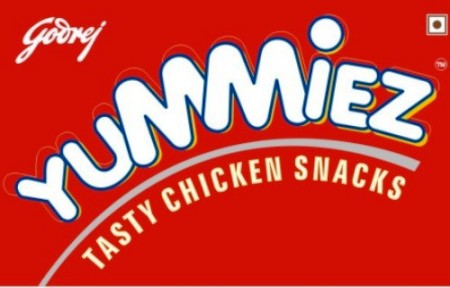
In 2011, India's per capita chicken consumption was 2.6 kg a year; by 2014-15, it is expected to rise to 3.3 kg a year.
"The chicken meat industry in India is pegged at Rs 20,000 crore (Rs 200 billion) and is growing at 10 per cent CAGR (compounded annual growth rate). Per capita chicken consumption has risen to 2.8 kg a year from 700 gm a year a decade ago," says Sushil Sawant, assistant vice-president (marketing), GodrejTyson.
Though the industry has seen a major shift in farming methods, less than 10 per cent of it is organised and this, too, is limited to metros.
"Many regional players are now entering the organised space.
. . .
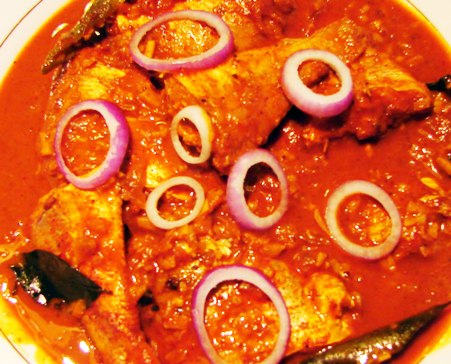
"The segment is going to see major growth, a retail boom, growing consumer awareness and food safety laws," says Rajan Mathews, general manager (consumer products), Suguna Foods.
However, he adds, "Chicken meat shelf-life is less than that of fish, which can be preserved for 10-15 days. Chicken can be preserved only for three days."
Recently, Singapore-based investment company Temasek acquired 19.99 per cent stake in Godrej Agrovet, a subsidiary of the Godrej Group, for Rs 572 crore (Rs 5.72 billion).
Godrej Agrovet retails under Real Good Chicken brand and has a poultry joint venture with Tyson Foods.
With high growth expected in the industry, companies have expansion plans.
. . .
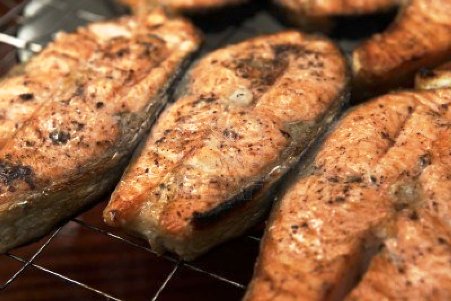
Coimbatore-based Suguna Foods is in the process of developing consumer franchises for the Suguna Home Bites and Suguna Value-Added Eggs brands.
By the end of this financial year, it plans to open 500 outlets across Tamil Nadu, Kerala and Karnataka.
Alchemist, which sells through 56 retail stores, plans to open two quick-service restaurants in Delhi.
The company processes 1.5 million kg of chicken a month.
Global majors are also expected to enter India.
For instance, Aviagen Group, the world's premier poultry breeder, has set up an integrated back-end processing plant in South India.
. . .
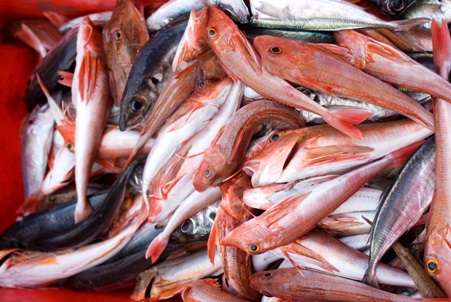
Recently, Thailand-based CP Foods had set up an office in the country.
"It's a challenging task to transform the unorganised market into an organised one. The initial challenges are to build a supply chain and create a market for new products, consumer awareness and channels and develop categories," said Sawant.
Godrej took about 10 years to increase the supply chain to its current level.
"Now, it is easy for any new player to enter the market, as change is already seen among consumers," he adds.